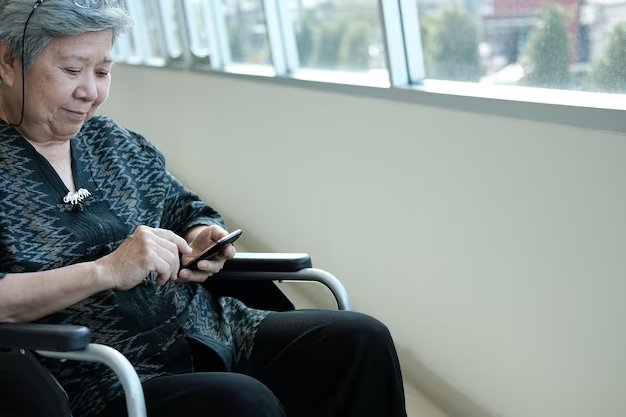Does Medicare Help With the Cost of Knee Scooters?
Navigating healthcare can sometimes feel like walking through a maze, especially when recovering from an injury that hampers mobility. Knee scooters, known for their convenience and efficiency, provide an ideal alternative to crutches for those who cannot put weight on their foot or ankle. However, a common question arises: does Medicare cover the cost of knee scooters?
Medicare and Durable Medical Equipment (DME)
Medicare Part B covers Durable Medical Equipment (DME), which includes items such as walkers, wheelchairs, and hospital beds. Unfortunately, knee scooters are generally not covered under this category. Medicare typically classifies knee scooters as "convenience items" rather than medically necessary equipment.
Despite this, some Medicare Advantage Plans (Part C) might offer broader benefits compared to Original Medicare, including the potential for coverage of additional items like knee scooters. It’s crucial for beneficiaries to review their plan details and consult with their provider to understand the available options.
Alternatives and Financial Assistance
If you're facing an unexpected expense of a knee scooter, don't fret—there are a variety of financial alternatives and assistance programs.
Rental and Purchase Options
- Medical Supply Stores: Many local stores offer knee scooter rentals, which can be a cost-effective solution for short-term recovery.
- Online Retailers: Websites frequently provide competitive pricing for purchasing or renting mobility aids.
Charitable Organizations and Community Aid
- Nonprofit Organizations: Groups dedicated to helping individuals with disabilities might offer financial assistance or gently-used equipment.
- Community Fundraisers: Platforms like GoFundMe can be used to raise funds with the help of friends, family, and community members.
Exploring Higher Value Resources
While the knee scooter might be top of mind, taking the opportunity to dive into broader financial health could be beneficial. Consider exploring government aid programs, debt relief options, and more:
Government Aid Programs
- Supplemental Security Income (SSI): Provides cash to meet basic needs for food, clothing, and shelter.
- Medicaid: Might cover additional medical supplies or equipment, though qualification requirements vary by state.
Debt Relief and Credit Solutions
Understanding financial stress is crucial during recovery; consider these options to ease burdens:
- Debt Counseling Services: Nonprofit agencies offer guidance on managing debts and improving financial literacy.
- Balance Transfer Credit Cards: Some cards offer 0% APR for an introductory period, potentially easing short-term financial strain.
Educational Grants
Proactively plan for future stability by exploring educational opportunities:
- Federal Grants: Like Pell Grants, available for qualifying individuals returning to school.
- Scholarships for Adults: Numerous scholarships cater to non-traditional students seeking career advancement or new opportunities.
Takeaway Table: Financial Assistance and Resources 🌟
- 🎗️ Medicare Advantage: Check specific plans for additional coverage beyond Original Medicare.
- 🏥 Local Medical Supply Stores: Consider rentals for cost efficiency.
- 💡 Nonprofit Organizations: Explore local resources for financial aid or equipment donations.
- 🤝 Community Fundraising: Use crowdfunding for unexpected healthcare expenses.
- 🏦 Debt Counseling Services: Receive support for managing existing debts.
- 📚 Educational Grants: Investigate options to further education and career opportunities.
Whether it's finding ways to cover a knee scooter or taking steps to ensure financial wellbeing, multiple paths are available to ease the journey. Remember, seeking assistance and exploring a variety of resources can lead to a stable, healthy recovery.

Related Topics
- Am I Elgible For Medicare
- Am I Enrolled In Medicare
- Am I Qualified For Medicare
- Are Adult Diapers Covered By Medicare
- Are Chemotherapy Drugs Covered By Medicare Part d
- Are Colonoscopies Covered By Medicare
- Are Covid Tests Covered By Medicare
- Are Cpap Machines Covered By Medicare
- Are Cpap Supplies Covered By Medicare
- Are Dental Implants Covered By Medicare